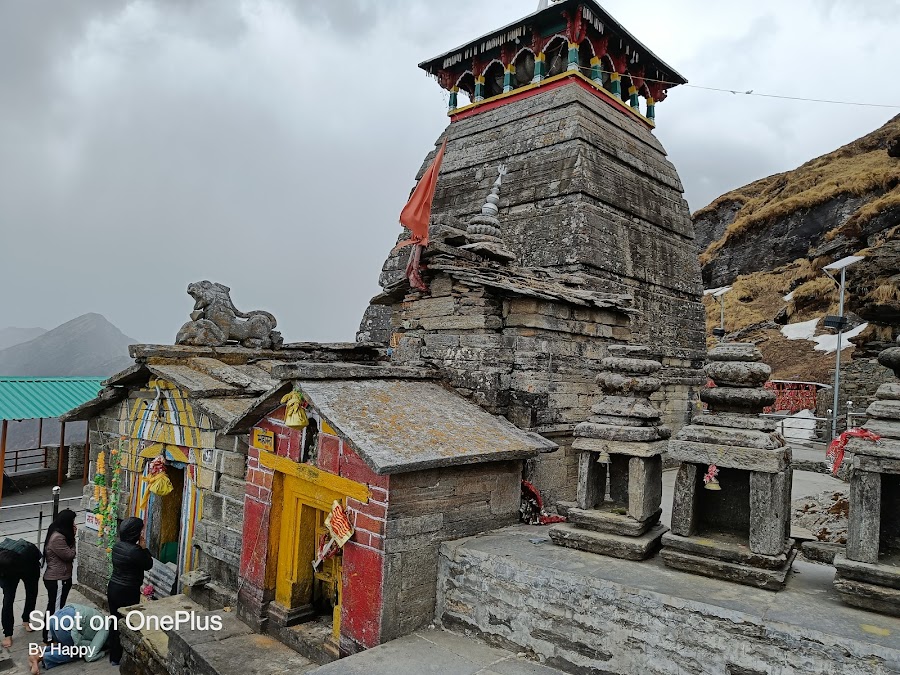
Shri Tungnath Temple
Chopta, India
- Enjoy the scenic views of the Himalayas.
- Hike to Chandrashila peak for sunrise view.
- Meditate in the serene environment.
- Trek from Chopta to Tungnath Temple.
- Visit the Tungnath Temple for blessings.
Known for:
Description:
Shri Tungnath Temple, nestled in the Rudraprayag district of Uttarakhand, India, is the highest Shiva temple in the world and one of the Panch Kedar temples. Situated at an altitude of 3,680 meters (12,073 ft), the temple offers breathtaking panoramic views of the Himalayas, including peaks like Nanda Devi, Kedarnath, and Chaukhamba. The trek to Tungnath is a moderate climb of about 3-4 kilometers from Chopta, a picturesque hill station known as the 'Mini Switzerland' of Uttarakhand. The temple's serene atmosphere and stunning natural beauty make it a popular destination for pilgrims and trekking enthusiasts alike. The architecture is simple yet elegant, reflecting the traditional style of temples in the region. Visitors can experience tranquility and spiritual rejuvenation amidst the majestic Himalayan landscape.
History:
The history of Tungnath Temple is deeply intertwined with the legends of the Pandavas from the epic Mahabharata. According to Hindu mythology, the Pandavas sought Lord Shiva to atone for their sins of killing their cousins, the Kauravas, in the Kurukshetra war. Lord Shiva, unwilling to grant them forgiveness, disguised himself as a bull and hid in the Garhwal Himalayas. Bhima, one of the Pandava brothers, recognized Shiva and tried to catch him. In the process, Shiva's body parts scattered in different places. Tungnath is believed to be the place where Shiva's arms (hands) appeared. The temple is believed to be more than 1000 years old, and its construction is attributed to the Pandavas. The priests here are local Brahmins from the Makku village, unlike the other Kedar temples.